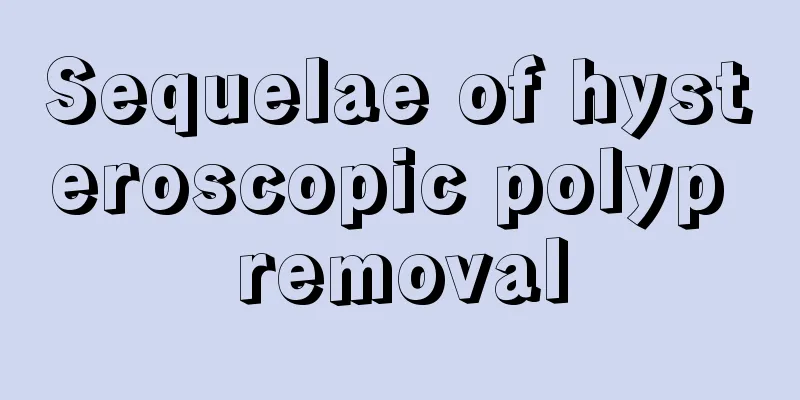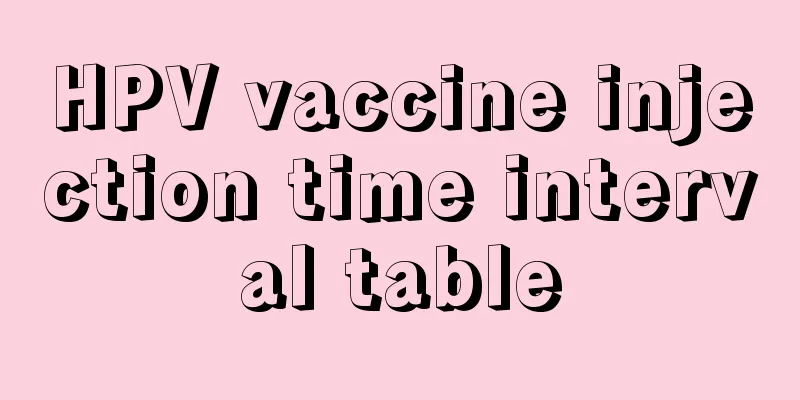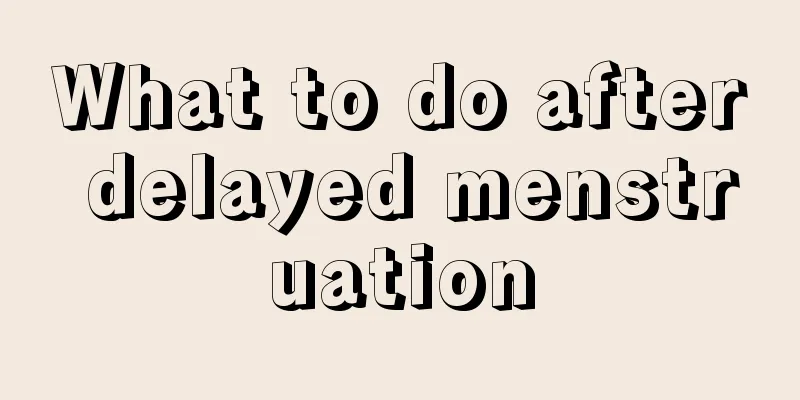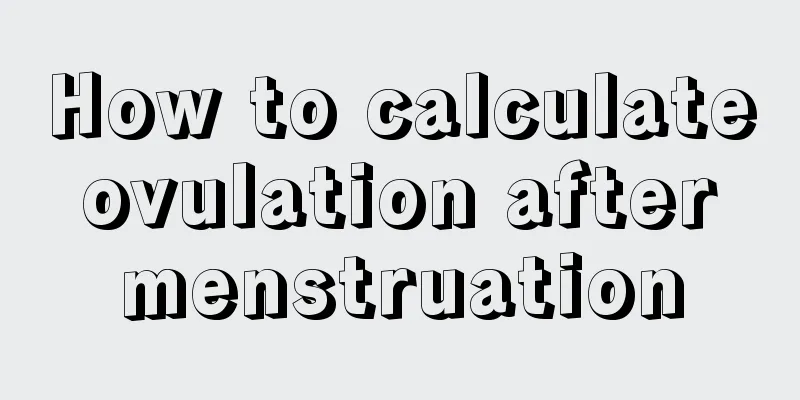Sequelae of hysteroscopic polyp removal

|
In the process of actual treatment, every hysteroscopic patient basically has various different treatment methods. In any case, if we want to do hysteroscopic treatment, then we may consider various hysteroscopic treatment methods. For example, if there are patients with uterine polyps, they will undoubtedly choose this type of surgery for treatment. Most patients are most concerned about the complications of hysteroscopic cyst removal. At present, when we are conducting actual treatment, we must combine the specific situation to make a reasonable analysis. High recurrence The recurrence rate of complications during hysteroscopic cyst removal is relatively high in patients. To give a simple example, when patients have complications, we must combine the specific situation to do more understanding. Generally speaking, all patients may have a high recurrence rate. This part of the patients is due to poor medical care in the early stage, or did not cooperate with the doctor in time when removing the cyst, and some problems may occur during the entire operation. Therefore, if there is such a situation, we must avoid it to the greatest extent. Uterine wall damage If all the uterine polyps are removed from the patient undergoing hysteroscopy, it can be seen from the complications that there will be certain damage to the uterine wall itself. After the uterine polyps under the uterus are removed, they can mainly be removed by electrosurgical excision ring, which may cause damage to the uterine wall. It is very easy to have uterine adhesions after surgery, and once the uterine wall damage occurs, we must pay special attention, which will provide us with overall protection. Intrauterine infection Infection after hysteroscopic cyst is also a common thing. If you do intrauterine surgery, it will more or less cause intrauterine infection. Before, during and after the operation, you must do a good job of disinfection. This is very important. Once the patient has intrauterine infection, we need to fully consider the specific situation. Therefore, in the process of actual diagnosis and treatment, it is best to grasp the conditions of all aspects of surgical treatment. This is very important. Of course, patients must have a good grasp of all aspects during the treatment process. In fact, we can avoid this kind of situation to a great extent through subsequent medical care. |
<<: Illustration of the process of hysteroscopic embryo retrieval
>>: When is the best time to perform hysteroscopy?
Recommend
Female
Gynecological diseases are caused by some adverse...
What medicines should not be taken during HPV vaccination?
The World Health Organization (WHO) has recognize...
Anal pain during menstruation
The menstrual cycle is something that every woman...
Is it good for the fetus if pregnant women sleep every day?
I believe that every pregnant woman treats the fe...
Menstruation comes twice a month? It may be caused by these daily reasons.
Irregular menstruation is a problem that worries ...
Main manifestations of pelvic congestion syndrome
Many friends may not know what kind of disease pe...
Daily consumption of olive oil may reduce dementia risk, Harvard study shows
On May 6, 2024, researchers from the Harvard T.H....
How long does it take to get your period after a failed transplant?
If the embryo transfer fails, menstruation will g...
What are the varieties of potted bamboo? How to grow potted bamboo
There are many types of bamboo. Many friends like...
What doctor should women see for back pain?
With the fast pace of real life, many people are ...
Uterine fusion method
With the advancement of medical science, many fri...
1 in 2 people is infected! The doctor asks you to check for Helicobacter pylori because he really wants to save you
In recent years, the term "Helicobacter pylo...
Bleeding during pregnancy
Some pregnant women will experience bleeding when...
What are the obvious symptoms of pregnancy
Generally, the symptoms of pregnancy are not obvi...
The “Golden 4 Minutes” That Save Lives
Author: Li Jibo, Associate Chief Physician, Shenz...









